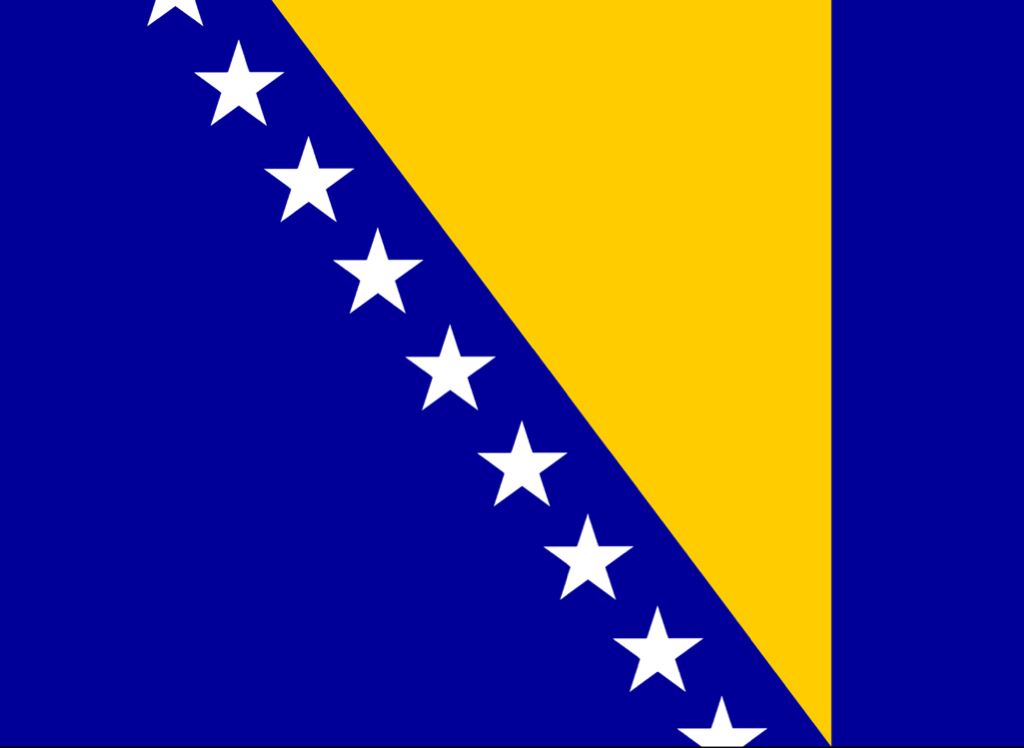Sign up for FlowVella
Sign up with FacebookAlready have an account? Sign in now
By registering you are agreeing to our
Terms of Service
Loading Flow


A brief history of Bosnia
The Republic of Bosnia-Herzegovina was in many ways the heart of the former Yugoslavia, both geographically and culturally. It was home to 4.36 million people (1991 census figure), 44% of whom declared themselves Bosniak ('Muslim'), 31% Serb and 17% Croat, while there were also significant numbers of Jews, Roma, Albanians, undetermined 'Yugoslavs' and others. The country's ethnic diversity, however, did not entail territorial division, since the different national groups were inextricably intermingled in their geographical distribution (the famous 'leopard skin'), and especially in the urban centres there was a high proportion of mixed marriages. Nor did it entail social separateness, since the component parts developed within a common historical, linguistic and cultural space, giving rise to a specifically Bosnian paradigm of unity within diversity.
The Bosnian state was first mentioned in Byzantine sources in the early tenth century as one of the polities that had emerged from Slav settlements on the territory of the Roman Empire. The mediaeval Bosnian state reached its high point in the fourteenth century, but in the following century it was incorporated into the expanding Ottoman Empire, within which it survived as a distinct administrative unit. Bosnia-Herzegovina remained a separate province also after being first occupied (1878), then annexed (1908), by Austro-Hungary. After World War I it was included within the newly created kingdom of Yugoslavia; after World War II, as the Socialist Republic of Bosnia-Herzegovina, it became one of the eight constituent federal units within the second (Communist) Yugoslavia. With the dissolution of the Yugoslav Federation, confirmed by the EU's Badinter Commission, Bosnia-Herzegovina sought international recognition, which it achieved on 6 April 1992 following an internationally supervised referendum in which the great majority of its population voted in favour of independence.
The newly independent republic was almost strangled at birth, however, by aggression waged from the neighbouring republics of Serbia and Croatia, with the aim of carving out an ethnically pure Greater Serbia and Greater Croatia at Bosnia's expense. The Bosnian population of all ethnic backgrounds suffered gravely during the 1992-95 war, particularly since Serbia's aggression from the outset assumed a genocidal character, with brutal 'ethnic cleansing' ( mass killing and deportation of non-Serbs from occupied areas), while Croatia's aggression subsequently replicated much of this - especially in 1993-4 - albeit on a smaller scale. During the war over a quarter of a million Bosnians lost their lives and over one million left the country, while a further 800,000 became refugees in their own land. The resulting transformation of the demographic and social pattern has nevertheless left the essential ethnic proportions unchanged, so that Bosnia-Herzegovina remains the home of Bosniaks, Serbs, Croats, Jews, Roma, etc.
The Dayton Accords brokered by the United States at the end of 1995 brought an end to the fighting, but left the country divided into two 'entities' - a 'Federation of B-H' in which only Bosniaks and Croats have full constitutional rights, and a 'Republika Srpska' [Serb Republic] in which only Serbs have full rights - loosely joined by a weak central government. This has left an unstable situation in which (despite a massive Nato military presence) most refugees are unable to return to their homes and the country is unable to begin serious material reconstruction and economic growth. Though Bosnia-Herzegovina's future as a single state is assured, the tempo of its recovery continues to depend on the democratic transformation not only of its own internal structures, but crucially also of its neighbours Croatia and Serbia.